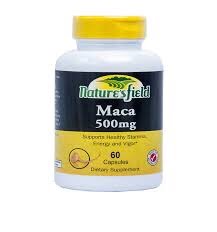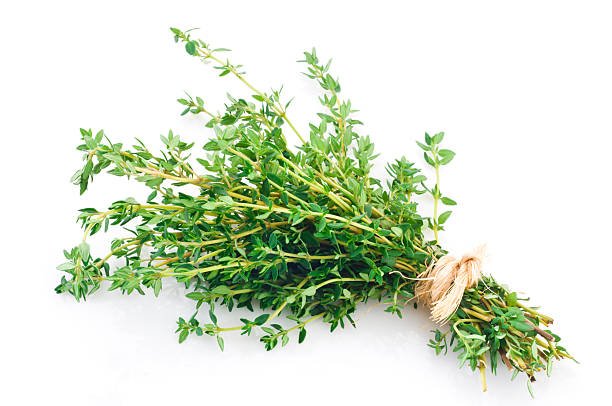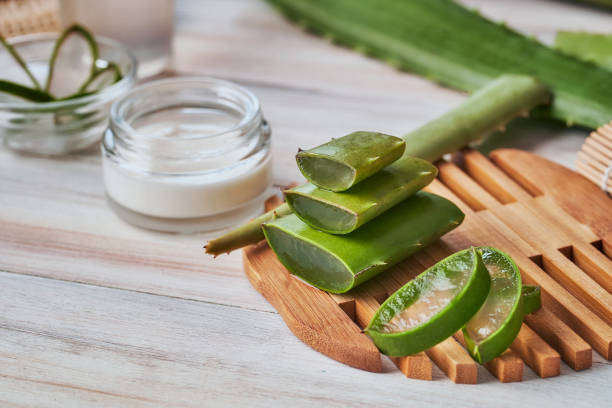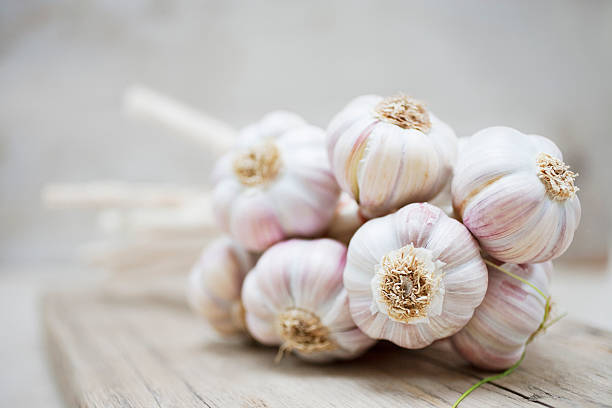Maca
Maca is a plant that grows in central Peru in the high plateaus of the Andes Mountains.
It has been cultivated as a vegetable crop in this area for at least 3000 years.
Maca is a relative of the radish and has an odor similar to butterscotch.
Its root is used to make medicine.
Maca root is added to food to boost libido and energy.
It has also been studied as a remedy for sexual dysfunction, depression, hair loss, hot flashes, and fertility.
Maca root has become a very popular supplement known for its potential benefits for fertility, libido, menopause, and more.
Maca is a plant that some populations in Peru have used for thousands of years as a food and medicine.
In the last few decades, maca has grown in popularity around the world as a natural remedy for certain health issues, including infertility and low sex drive.
Maca supplement is sold as a powder you can add to foods or drinks. It also comes as gelcaps.
People take maca by mouth for “tired blood” (anemia); chronic fatigue syndrome (CFS); and enhancing energy, stamina, athletic performance, and memory.
People also take maca by mouth for:
Female hormone imbalance,
Menstrual problems, Symptoms of menopause, Improving fertility, and Sexual dysfunction caused by antidepressants,
Weak bones (osteoporosis), Depression,
Stomach cancer,
Leukemia,
HIV/AIDS,
Tuberculosis,
Erectile dysfunction (ED), to arouse sexual desire, and to boost the immune system.
USES OF MACA
•Sexual dysfunction caused by antidepressant drugs. Early research suggests that taking maca twice daily for 12 weeks slightly improves sexual dysfunction in women taking antidepressants.
• Male infertility:
Early research shows that taking a specific maca product daily for 4 months increases semen and sperm count in healthy men.
• Postmenopausal conditions: Taking Maca daily for 6 weeks slightly improves blood pressure and some aspects of mood, including depression and anxiety, in postmenopausal women.
• Sexual desire: Taking maca product daily for 12 weeks can increase sexual desire in healthy men.
• Tired blood (anemia). • Leukemia.
• Chronic fatigue syndrome (CFS).
• Improving energy and athletic performance.
• Improving memory.
• Depression.
• Female hormone imbalance.
• Menstrual problems.
• Symptoms of menopause.
• Osteoporosis.
• Stomach cancer.
• Tuberculosis.
• Boosting the immune system.
POSSIBLE SIDE EFFECTS
Little is known about the safety and risks of short-term or long-term use of maca.
Since it is a natural food, it is generally believed to be safe in large doses.
* If you have one of the following conditions, you should not take maca without consulting your healthcare provider:
• Breast, uterine, or ovarian cancer.
• Endometriosis
• Uterine fibroids
• Thyroid disease
As with many other supplements, maca hasn’t been tested for safety in pregnant people, nursing mothers, children, those with medical conditions, or those who are taking medications.
Written by Osuegbu Lilian Nkechi











